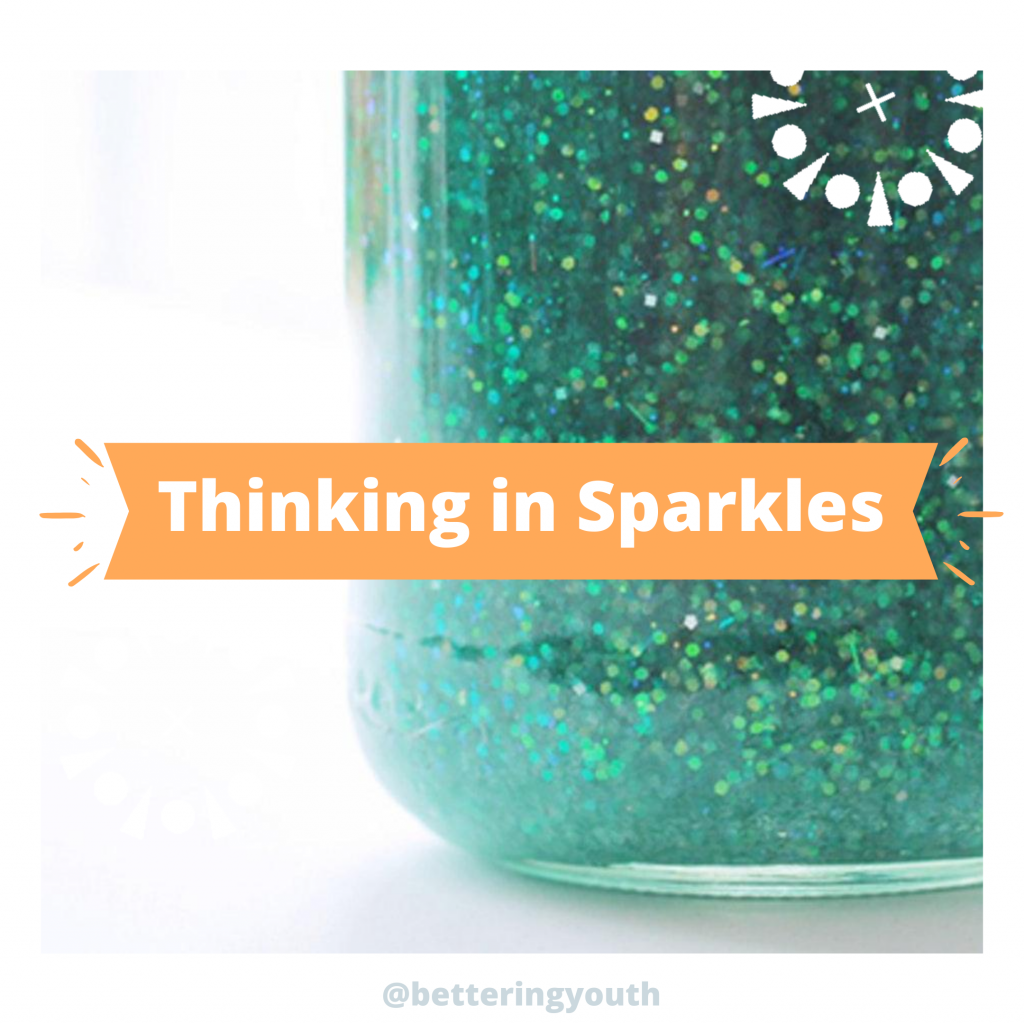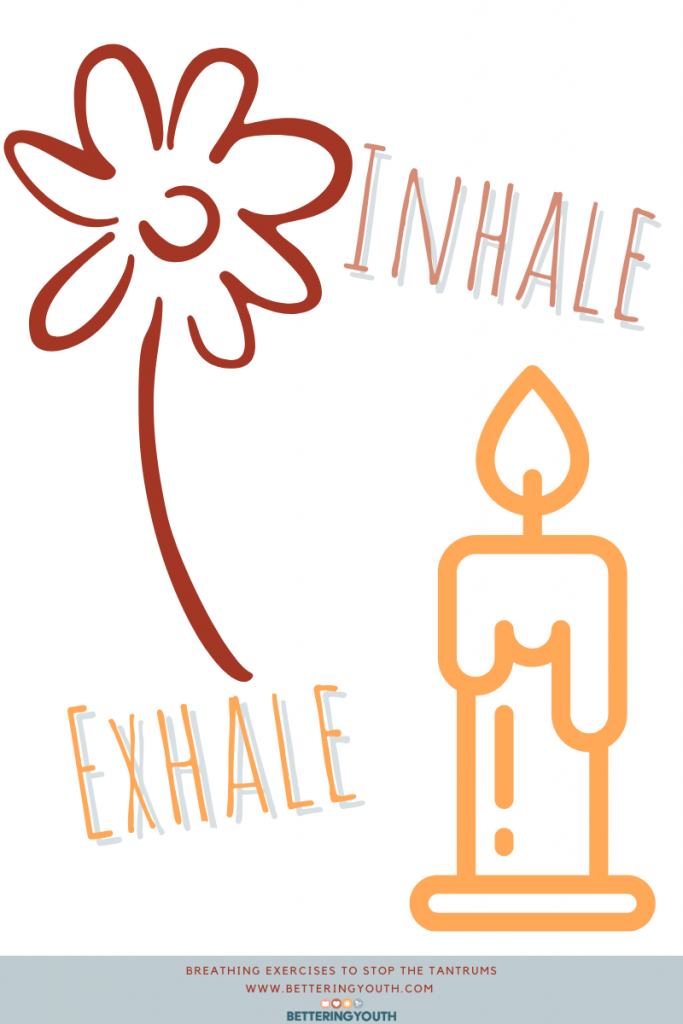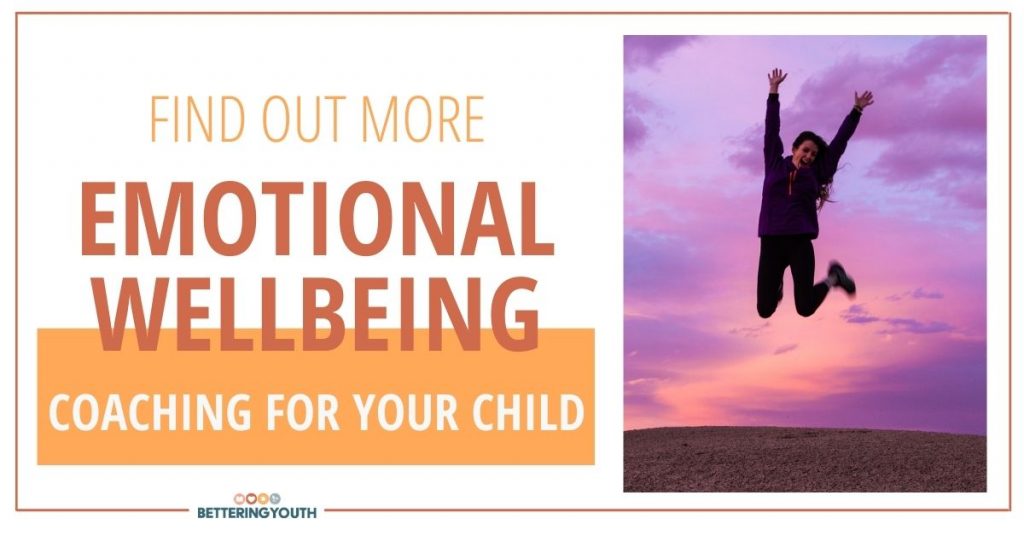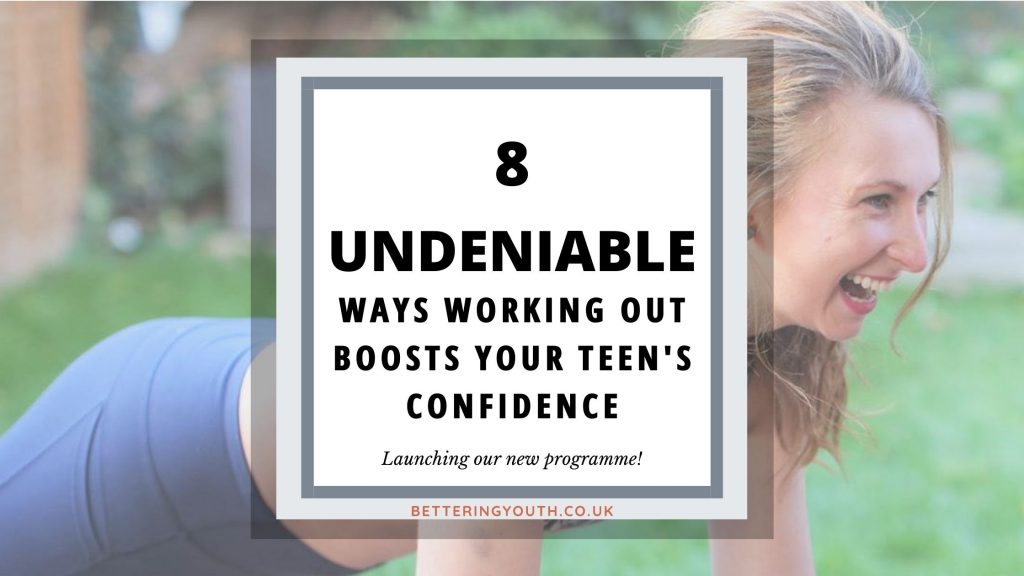In August of 2018, Bettering Youth was invited to host two workshops with the Jelly Lounge in Windsor. During these workshops we played games and did crafts that helped children understand emotions, begin to self-regulate and boost their confidence. A crowd favourite was the Mindfulness Glitter Jar session.

The morning kicked off with some movement activities to loosen us all up. We played the fast-slow-fast game to start bringing awareness of our inner worlds and teach how we can feel differently when we’re moving quickly versus with intention. Then we did Animal Yoga to help practice getting centered and grounded.
See our top 10 activities to practise Mindfulness.
After lunch we transitioned to Arts and Crafts time. This is one of my favourite workshops as it’s a great way for kinaesthetic learners to grasp the non-concrete concept of emotional regulating.
Dragon Brain: Identifying how we feel when we experience anger
To introduce the activity I told a quick story about a dragon whose brain was so small and who, when he got upset and mad, would blow steam from his nose!
Allowing the children to share what they experience when they experience anger built a great introduction for showcasing the difference between a calm mind, and an upset mind.
Using our dragon as the example, we spoke about how when we experience anger or frustration our thoughts can become very busy; we may not have the right words to express how we feel. This is why we blow smoke!
So how can we stop blowing smoke, saying mean things we don’t mean and feel more calm?
The children discussed ways they calm themselves down but within moments the conversation ended as they didn’t have very many tools to help them self-regulate.
Breathing: Helping children stop the tantrums
One of the best ways to tame the tantrums and help children self-regulate is to teach breathing exercises. Breathing exercises allow children (and adults!) to hyperfocus on one task. This lessens the rushing thoughts and can trigger the parasympathetic response to relax.
Smell the Flower, Blow out the Candle
Depending on the age group, there are plenty of verbal and visual cues to support taking control of your breath. In this particular workshop we were working with children 6-10 years old so we kept it visual and fun by introducing the: Smell the Flower, Blow out the Candle method.

While it may seem overly simple, the effect of this breathing exercise is profound when it’s taught ahead of time.
The Mindfulness Glitter Jar: creating a visual of our emotions
Once the children practiced their breathing and went through a 2 minute personal practice that allowed them to feel their belly rise and fall with their breath, we introduced the jars!
The purpose of the jar is to act as a tactile and visual aid that can support the breathing process. As the child feels upset or angry, they can shake the jar sending the glitter whirling around. This can mimic their own internal state of rushing thoughts. As they put the jar down, they can focus on their breath and as they’re breathing rate slows and they begin to calm their rushing thoughts, the sparkles will also begin to slow and settle.
Bringing it all together: the Jar, the Story, the Breathing
Teaching children about the jar and how to calm thoughts with their breath in a non-stressful environment allows them to lean on these tools when they need them.
Using imaginary characters to teach about real world obstacles we face can create an open dialogue, encourage story telling and give context to something we can’t physically see. It also helps to build a vocabulary around emotions which enables children to express their needs better.
Making your own Mindfulness Glitter Jar
Time needed: 5 minutes
Making your own Mindfulness glitter jar is easy peasy but the effect is powerful if taught ahead of time!
- Clean a glass see-through jar
- Fill the jar with water
- Add desired glitter to the water
- Seal the jar with hot glue
Helping children regulate emotions
Bettering Youth works with educators to support children’s academic journey both within, and beyond the classroom.
One of the big pillars we use to boost confidence in learning is emotional wellbeing coaching. We teach resilience, confidence, mindfulness and emotional regulatory strategies to support children in succeeding.
We hope this sneak peek into one of our small group workshops is helpful.

1-1 Emotional Wellbeing Coaching for Young Teens
Our bespoke programmes are created to support your child through their emotional journey.
We blend mindfulness coaching, Cognitive Behaviour Therapy, Confidence activities and more to help your child better manage their emotions.
If your child could benefit with a mentor who helped coach them through big transitions, dealing with big emotions, or easing anxiety, then get in touch! We have a bespoke programme that will support your child and family.
More resources to raise confident teens
Following are other resources that will boost your teen’s confidence.



Pingback: 10 Best Summer Activities to boost Mindfulness - Bettering Youth
Pingback: 7 Educators Tips For Classroom Wellbeing Post Covid-19
Pingback: World Mental Health Day: How to champion mental health - Bettering Youth
Pingback: Teach Emotional Intelligence to Children with these 30 Powerful Activities